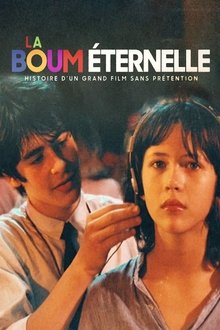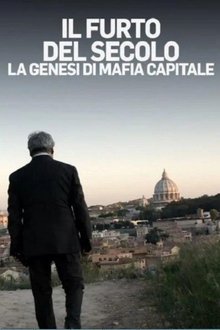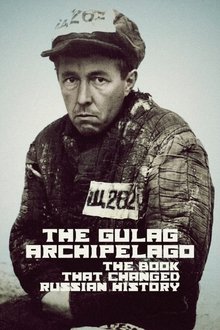A documentary about a case of police brutality in the 80's NYC, the killing of graffiti artist Michael Stewart
Related Movies
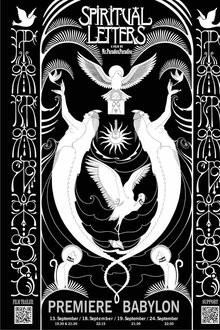
Spiritual Letters (2021)
The film is a story about the deep connection of the life and art of the artist. It takes you on a journey through Berlin like you have never seen before. Take a deep dive behind the scenes of the famous red and blue graffiti letterings that cover the heart of the city and tune into the connection between art, letters and spirituality.
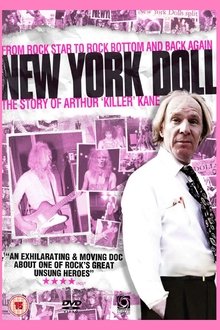
New York Doll (2005)
A recovering alcoholic and recently converted Mormon, Arthur "Killer" Kane, of the rock band The New York Dolls, is given a chance at reuniting with his band after 30 years.
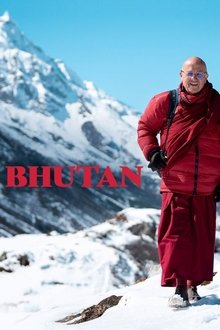
Bhutan: Following in the Footsteps of Matthieu Ricard (2024)
Buddhist monk and photographer Matthieu Picard as he returns to the Asian country in the Himalayas where he spent a decade after seven years away, revisiting breathtaking landscapes and experiencing local traditions.

State vs. Reed (2006)
A documentary detailing the murder of Stacey Stites of Bastrop, Texas and the subsequent arrest, conviction and death sentence handed down to Rodney Reed. This story explores the mishandling of evidence, the possible law enforcement cover up and the lack of proper legal defense for Rodney Reed.
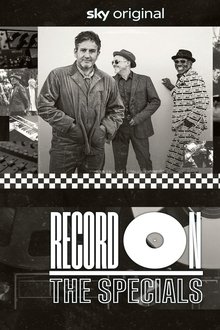
The Specials: A Message to You (2024)
The Specials don’t just write memorable songs - they soundtrack moments in history. This film explores how the band’s music was influenced by social, economic, and political events and how they have continued to shape contemporary music and popular culture internationally, with their message of unity and harmony in the face of ongoing political and social challenges.
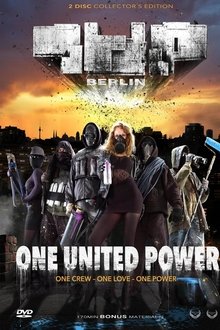
1UP - One United Power: Berlin (2011)
This movie tells the story of a Berlin graffiti crew, in some ways from rags to riches. It starts with their beginnings in Berlin Kreuzberg and ends with their creative movement worldwide. Today, the crew is a well known, prestigious one. Inspired by their philosophy
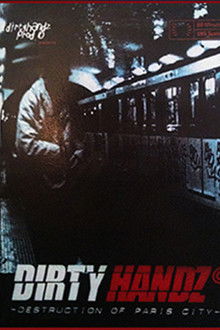
Dirty Handz - Destruction on Paris (1999)
Released in 1999, this 50-minute video opens the trilogy. It focuses only on graffiti in the railway world. There are various activities such as the interior degradation of metro wagons (bomb marker and marker, window scratches), but also that of subway station. You can also see different scenes where the exteriors of metros, RER and trains SNCF are painted. Long passages are dedicated to the exhibition of his works when the trains roll. We can also see how graffiti artists get into train depots. The various crew (strips of graffiti) that can be seen in activities are 132, GAP, SDK and CLM.
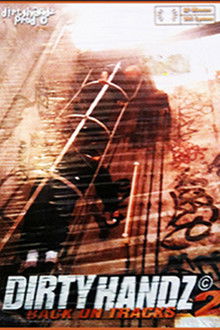
Dirty Handz 2 - Back On Tracks (2001)
Released in 2001 , this suite brings together more crews: 13ers, 156, BASF, CLM (Controle Le Metro), FMK, GT (Grim Team), MX, SME, Stealing Dealing Killing, TMA (The Unknown Crew) and the Swedish WUFC (Writers United Fuckin 'Crazy) in Stockholm . The action still taking place in Paris , it is considered a classic in the genre of video graffiti thanks to some passages having marked the spirits. Notably the first scene or the SDK and the WUFC paint an RER, or O'Clock (156) An RER wagon with a marker showing great dexterity. In addition to the scenes in the trains depots (RER, subway and SNCF trains), there are many passages on the street including Jonone (156), Seb (FMK) or the Grim Team, performing tags and throw -up. In addition, one discovers the use of the ice peak engraving on the metros permanently. A scene is dedicated to the episode of 1992 when the subway station of the Louvre was entirely tagged and grafted by VEP crew. This event shocked public opinion very strongly.
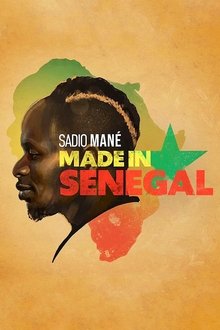
Sadio Mané - Made in Senegal (2020)
Sadio's story is the classical heroes journey and and archetype for African football players. Blessed with exceptional talent, he sets out from his village to find his destiny in the world - defying his family, social structures, doubters and injuries - to come back triumphant and able to help those around him.

Vikings: Warriors From The Sea (2007)
Who were the real Vikings', what were they really like' The legend of the Vikings is brought to life in a dramatic and gripping program set in the tenth century and based around the island of Karmoy off the western coast of Norway - home of the first Kings.
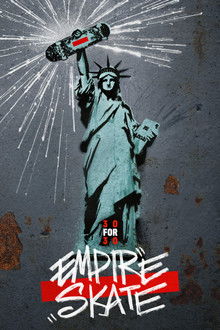
Empire Skate (2025)
Empire Skate chronicles the colorful rise and enduring influence of New York skateboarding culture in the 1990s, through the global phenomenon of Supreme and intimate portraits of the skaters who breathed life into that world. From the highs of breakout film success and the creation of a brand and movement to the lows of fractured families and the loss of close friends, it is a style-and-substance trip through a unique moment when multiple trends converged on one city to create something timeless.
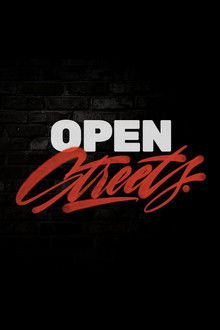
Open Streets (2024)
A feature-length documentary about graffiti and street art with AXE, C215, CES53, CLOZE, DASIC, DOES, DRE/EARTH CRUSHER, GURS, HENDRIK ECB BEIKIRCH, LOGEK, NEVER, ONETON, SCAN, SEAZ, SEN2, SERAK, TECK.
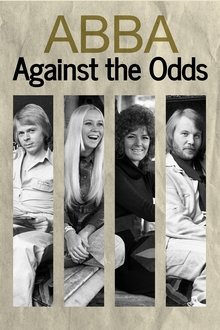
ABBA: Against the Odds (2024)
This year marks the 50th anniversary of ABBA’s iconic Eurovision victory, a milestone that calls for a celebratory cinematic tribute fitting for the ultimate pop band. ‘ABBA: Against the Odds’ unveils the epic journey of ABBA’s rise to global fame. Starting with the moment they won Eurovision, it tells the story of how they overcame critical backlash, societal attitudes and marital break-up to deliver their ground-breaking music and prove themselves as a live act.
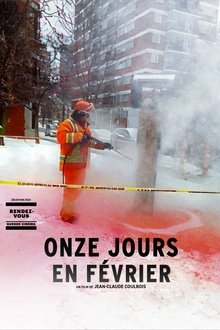
Fog in February (2024)
On the eve of the publication of a biography of Claude Jutra, one of the most famous and celebrated filmmakers in Quebec and Canada, a leak leaked to the press reveals that the book contains anonymous allegations of pedophile acts committed by the filmmaker. The rumor spread like lightning, suddenly igniting the entirety of Quebec society. By finding today some of the main witnesses propelled overnight into the heart of an unparalleled media tornado, the documentary reconstructs with archive images and other previously unpublished images, the sequence of events which led to a rewriting of the story.
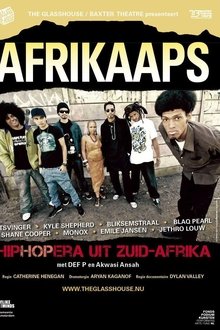
Afrikaaps (2013)
In his debut documentary, Dylan Valley explores the untold Creole history of Afrikaans, using what he knows best: HipHop, humour and personal perspective. The film follows a group of local artists creating the stage production (or 'hip-hopera'), AFRIKAAPS, as they trace the true roots of Afrikaans to slaves in the Cape. The play, and the film, reclaims and liberates Afrikaans from its reputation as the language of the oppressor, taking it back to the people who own it. Features music from Jitsvinger, Kyle Shepard, Emile (black noise), Moenier Parker, Shane Cooper, Blaq Pearl, the powerhouse bboy, Bliksemstraal, and the poetic genius of Jethro Louw.

Cut Piece (1965)
Filmed at New York’s Carnegie Hall, Cut Piece documents one of Yoko Ono’s most powerful conceptual pieces. Performed by the artist herself, Ono sits motionless on the stage after inviting the audience to come up and cut away her clothing in a denouement of the reciprocity between victim and assailant.
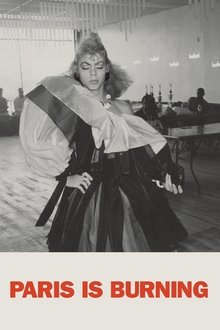
Paris Is Burning (1991)
Where does voguing come from, and what, exactly, is throwing shade? This landmark documentary provides a vibrant snapshot of the 1980s through the eyes of New York City's African American and Latinx Harlem drag-ball scene. Made over seven years, PARIS IS BURNING offers an intimate portrait of rival fashion "houses," from fierce contests for trophies to house mothers offering sustenance in a world rampant with homophobia, transphobia, racism, AIDS, and poverty. Featuring legendary voguers, drag queens, and trans women — including Willi Ninja, Pepper LaBeija, Dorian Corey, and Venus Xtravaganza.
